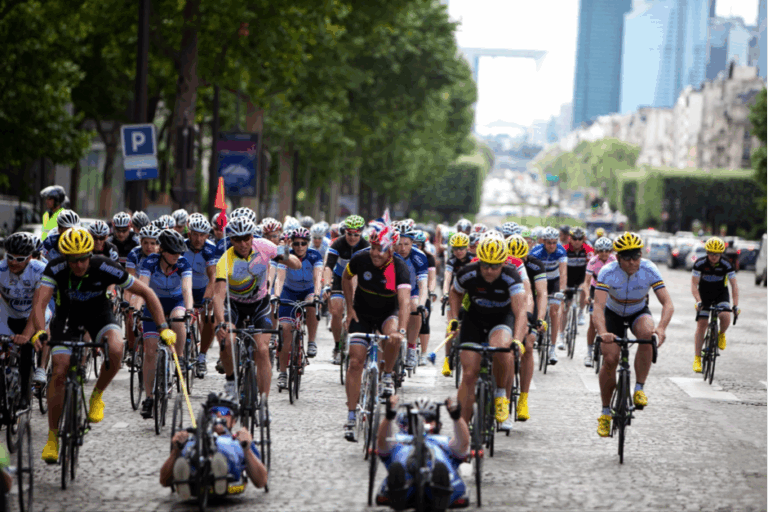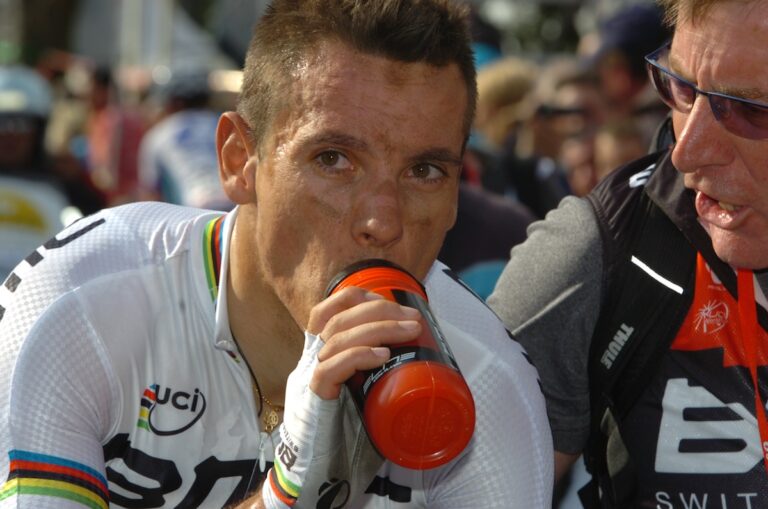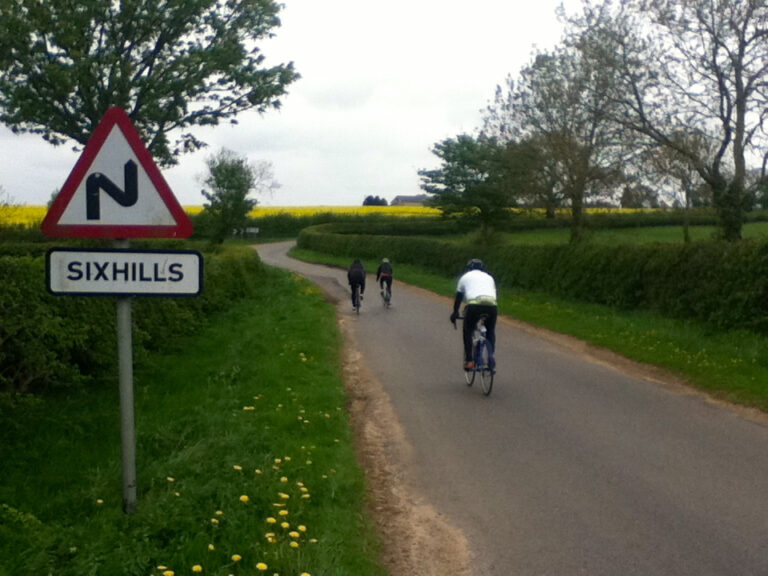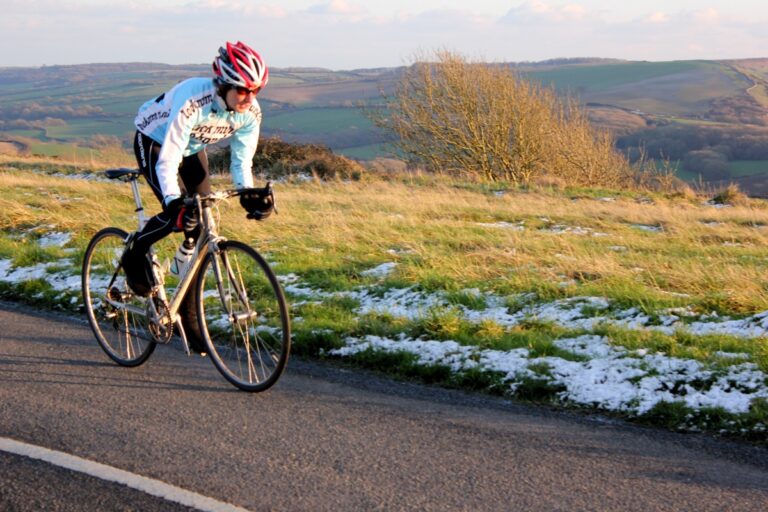Bradley Wiggins’ withdrawal from the 2013 Giro d’Italia will have handed a golden opportunity to his rivals in today’s stage eighteen time trial.
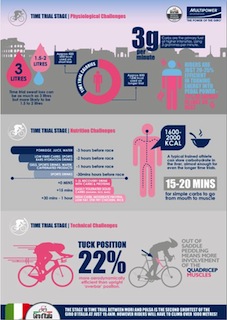
The Tour de France champion, who endured a roller coaster ride in his campaign to win the 96th corsa rosa, would have started the 20.6km test from Mori to Polsa as favourite.
Should he watch from home today, the Londoner will be well aware of the grueling effort demanded by the time trial, a discipline known to the cycling cognoscenti as “the race of truth”.
Multipower Sportsfood, nutrition partner to the Giro, has created this infographic to show the physical toll levied by the time trial.
Riders typically lose between 1.5 and two litres of sweat during a time trial, according to Multipower, who estimate that on particularly grueling tests, they could lose as much as three litres.
Timed efforts do not come much more demanding than stage eighteen, which will unfold over an almost unbroken upward trajectory.
The amount of calories consumed on even a short time trial can be as high as 600, say Multipower, who claim that longer efforts can reach double that figure. Carbohydrate expenditure can reach three grams a minute, they say.
While trained athletes are likely to have increased capacity for carbohydrate storage in the liver, as much as 2000Kcal, and so almost sufficient even for a long time trial, they are unlikely to leave their fueling to chance. The race to consume sufficient fuel for the challenge of a time trial begins long before the race of truth.
Three hours before the race, the riders will “enjoy” a basic breakfast of porridge, with juice and water, say Multipower, before taking on low fibre carbohydrate, energy bars and drinks an hour later.
Riders typically lose between 1.5 and two litres of sweat during a time trial, according to Multipower, who estimate that on particularly grueling tests, they could lose as much as three litres.
With an hour to go, and perhaps with a warm up on rollers looming, caffeinated gels to raise the heart rate will be added to the carbohydrate already consumed, say Multipower, along with more water, and energy gels.
Thirty minutes from their effort, and with a warm up almost certainly begun, sports drinks, perhaps adding further supplies of carbohydrate, will be the preferred intake, the Giro’s nutrition partner says.
Once down the start ramp, the only food supplies the riders will have access to is the energy gel typically stored beneath the leg band of their shorts. They’ll have no time to drop back the team car for supplies and their aerodynamic skin suits come sans pockets.

As soon as a rider has crossed the finish line, typically at the point of exhaustion, a 15-minute “golden window” for recovery opens, a period in which the body is most receptive to nutrients. Multipower say a recovery drink containing carbohydrate to replenish energy stores and protein to repair muscle tissue damaged by the effort of the test is likely to be first on the “menu”.
Once the 15-minute milestone is passed, and with the heart rate returned to normal, the riders are likely to move from energy drinks to easily-consumed solid food, such as bananas and rice cakes. An hour after a time trial, the riders are ready for what might be described as a proper meal, something with a high concentration of carbohydrate, and some protein, say Multipower, such as stir fry chicken or rice.
The amount of energy expended, and so fuel required, will be effected by the position adopted by the rider. Riding in a tuck position on a low profile time trial machine can be more than 20 per cent more aerodynamically efficient than pedaling out of the saddle on a road bike, Multipower claim. The relentlessly uphill parcours of eighteen, however, may mean that greater efficiencies are to be found in a more upright position.
It promises to be a fascinating stage, and a test of both man and machine.


